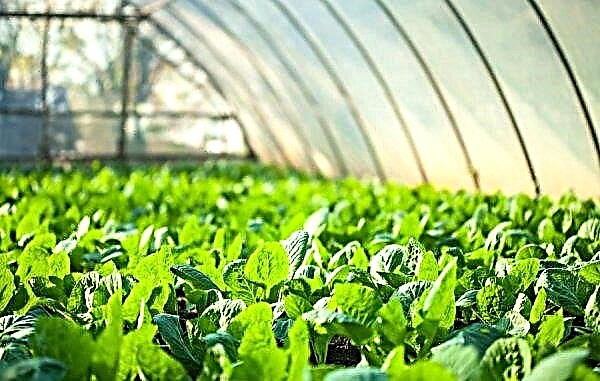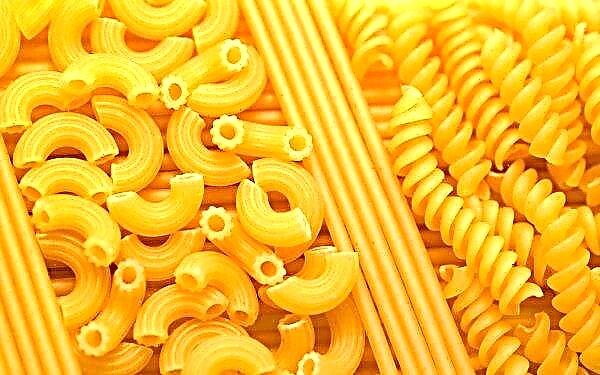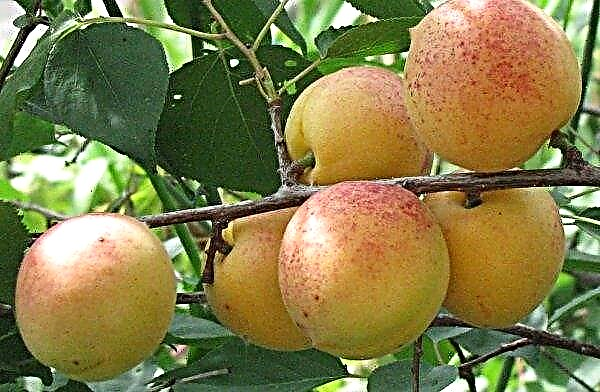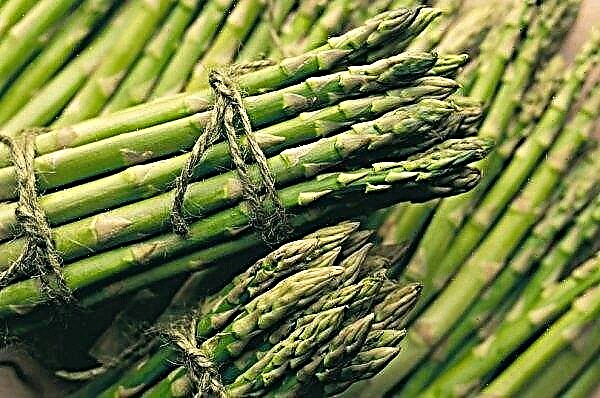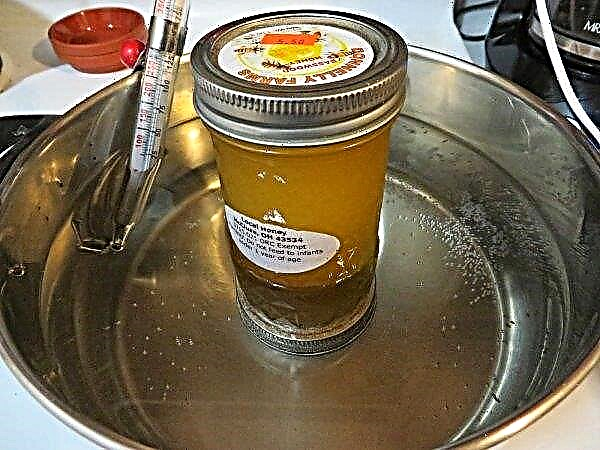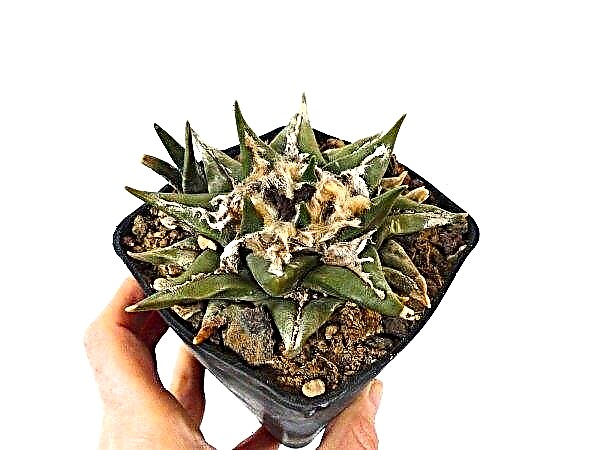There is a false opinion that carrots are completely unpretentious to growing conditions and practically do not give in to the influence of pests and diseases. But gardeners often come into contact with the fact that root crops fade, rot and become inedible. What to do if the carrot wilted, and whether it is possible to return hardness to it - this will be discussed later.
The main causes of decay
The first reasons that carrots become flabby are excessive waterlogging, crop rotation failure, excess nitrogen in the soil, and infected seeds.
Excess moisture
Due to the large amount of moisture on the root crops, cracks of different sizes appear. Fungal diseases begin to develop in them, and this leads to the fact that carrots can fade. It is undesirable for the cultivation of this vegetable and the close occurrence of groundwater, which inhibits the development. To combat this problem, it is necessary to establish the correct irrigation regime and make sure that the land on the carrot beds is not waterlogged.
During the formation of root crops, watering should be increased, and for 2-3 weeks before harvesting - completely stop. Sow carrots in areas with deep groundwater.
Crop rotation failure
Proper crop rotation plays an important role in the cultivation of carrots, because its non-observance depletes the land, as a result of which the size and quality of the crop are significantly reduced. Crop rotation means that root crops can be grown in one place only after 4–5 years. It is good to plant carrots next to onions, tomatoes, and legumes, it is impossible - after parsley, beets, celery, radishes, and preferably - after cabbage, potatoes, onions, garlic, strawberries.
Excess nitrogen in the soil
With a high nitrogen content in the soil, root crops accumulate nitrates, are more likely to become diseased, and are poorly preserved. Therefore, gardeners are advised to use complex fertilizers and plant them in a lower concentration than indicated in the instructions.
Infected planting material
Through infected seeds, diseases such as black rot, bacteriosis, and cercosporosis are transmitted. For the purpose of prevention, it is advisable to sanitize the seeds with a light solution of potassium permanganate, or with Rovral fungicide (1 g of powder per 1 liter of water).

Diseases and pests that cause rot
Ailments and pests that cause damage to root crops include rot, carrot fly, aphids, bears, nematodes, etc.
Disease
A great danger to preserve the integrity of the vegetable are diseases caused by various fungi.
Important! Fertilizing in the ground for future carrot beds is best in the fall, and not in the spring when planting carrots.
Bacterial soft rot
This disease begins to appear even in the garden and consists of the following symptoms:
- leaves wither and darken, mucus appears on the tops;
- root vegetables inside become soft, giving off an unpleasant putrefactive odor, although they can still be whole from above;
- dark spots appear, rapidly increasing in size;
- easily transmitted to healthy root crops.

White rot
Most common among other diseases.
It is provoked by a fungus that manifests itself during the ripening of the vegetable and is characterized by such features:
- root crops soften and become watery;
- the smell of rot is absent;
- forms a white cotton coating on carrots;
- spreads at high temperature and humidity.
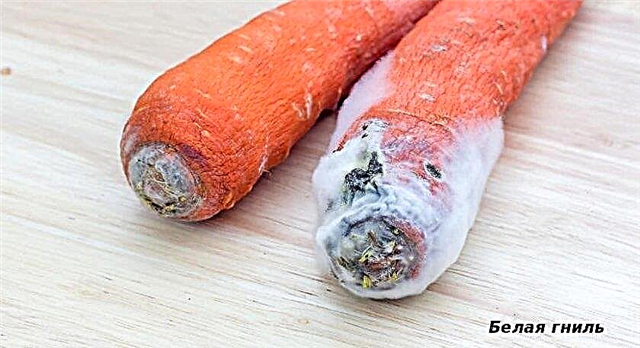
Fusarium rot
It is provoked by several types of fungi that spread easily in the soil, as a result of which no vegetables or root crops can be planted there.
The main symptoms of this disease are:
- recesses in the form of ulcers appear on root crops;
- the root surface is cracking, and light pink tissues become visible from the cracks;
- later, the carrots are wrinkled, flabby, dries, a white coating with a pink-yellow hue appears on its surface.
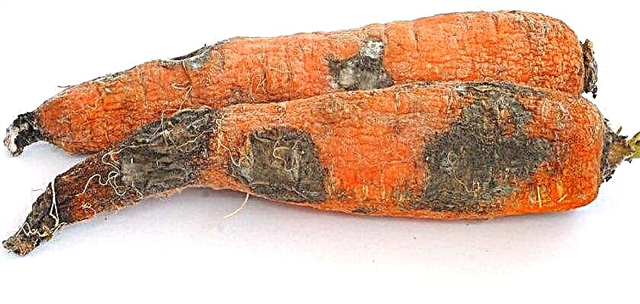
Powdery mildew
Favorable conditions for its occurrence are long hot and dry weather, wind and an excess of nitrogenous fertilizers.
It appears as follows:Did you know? After heat treatment of carrots, the amount of useful substances in it increases due to the release of beta-carotene.
- root crops become lethargic;
- the fungus develops intensively on foliage in the form of a white coating;
- later the leaves darken, curl and fall;
- carrots grow in small sizes.
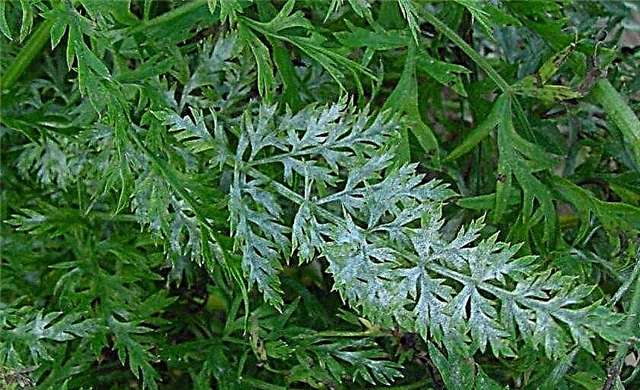
Carrot Pests
The main enemies of this culture include:
- Carrot fly - black insect with transparent yellow wings. Lays eggs in spring at the base of young carrot stems. Hatched larvae eat root crops, which become unfit for food. It is recommended to deeply dig the beds from the autumn, weed away from weeds, treat them with Actellik (2 ml per 1 liter of water), Inta-virus (1 tablet per 10 liter of water), etc.
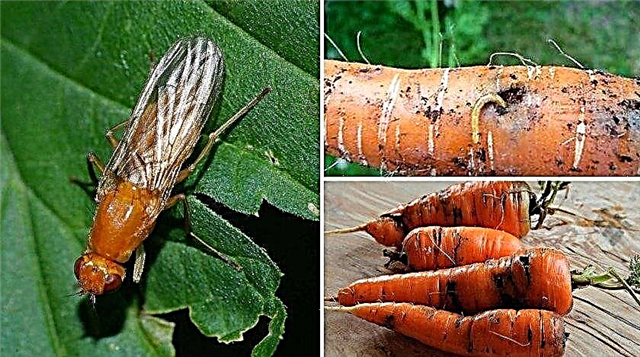
- Aphid - forms colonies of large sizes. For the ripening season of vegetables, it can give several generations. In winter it can be on garbage, trees, bushes. But the main carriers of aphids are ants. They destroy it by cleaning the beds after the harvest, deep digging the land in the fall, holding the crop rotation.
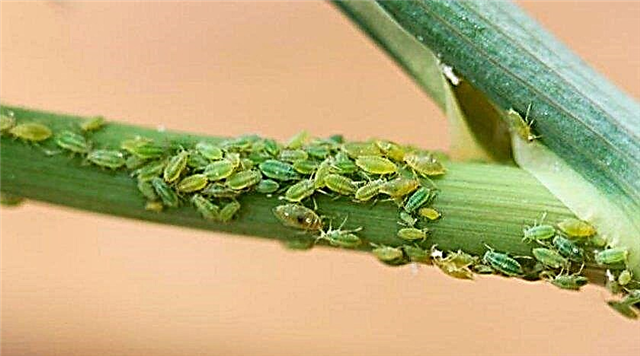
- Medvedka - refers to very dangerous pests, which can destroy up to 80% of the crop. She is scared away with the help of freshly cut alder branches, and dry powdered marigolds or chrysanthemums are poured into the holes. You can use the Medvetox bait, when eaten by which the insect dies within a few hours.
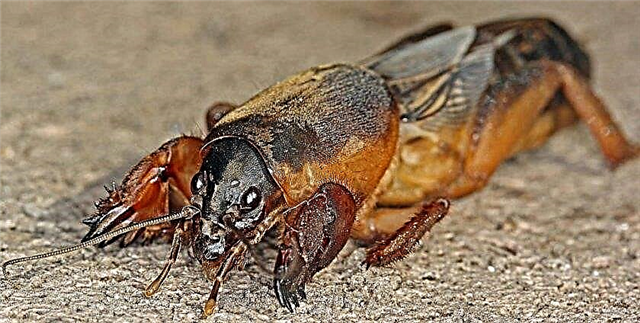
- Wireworm - a yellow worm up to 3 cm long. It makes a lot of moves in root crops, which makes vegetables unsuitable for food. For prevention, it is necessary to adhere to crop rotation, dig the soil deep, apply ammonium nitrate, chicken droppings. You can also use the chemical preparation “Bazudin” (10 g per 10 m²).
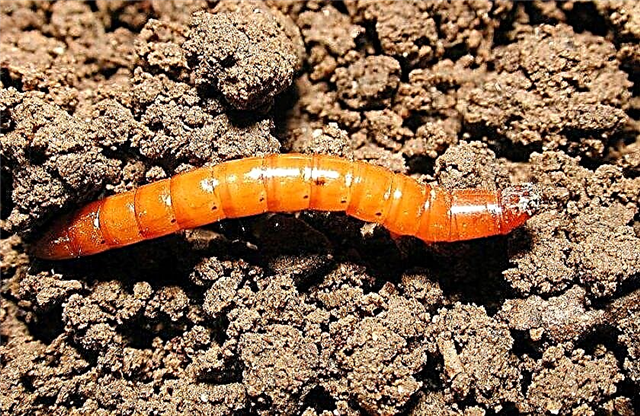
- Gall nematode - These are tiny parasites up to 1.5 mm in size that damage the root system. They have the appearance of a growth on the root. Propagate due to high humidity and heat. Sick plants need to be destroyed along with the adhering earth, to decontaminate garden tools, and also to acquire uninfected seeds.
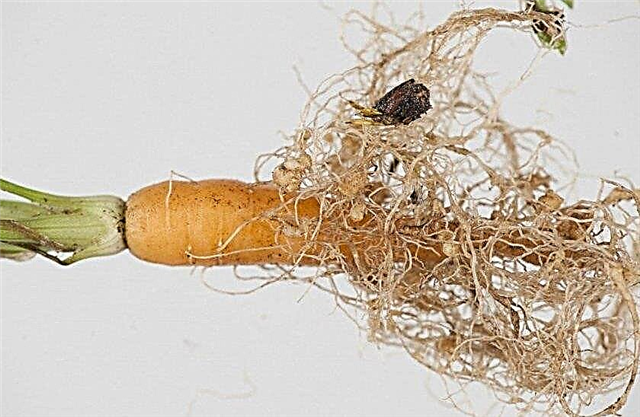
Possible causes of rotting when stored at home
Common causes that carrots begin to fade and rot in a home environment include the following:
- if the selected root crops already have damage and signs of decay;
- storage requirements for vegetables are not complied with;
- sharp temperature differences occur in rooms with carrots;
- excessive humidity.
Did you know? Centuries ago in England, ladies decorated their hats not only with feathers or flowers, but also with the tops of carrots, which for a long time kept a fresh look.
Ways to combat diseases and pests
Make sluggish or rotten carrots hard again will not succeed, but to protect the vegetable from ailments and pests can be done without much difficulty.
Experts advise such measures to counter the enemies of carrots:
- treat storage rooms with a solution of bleach (400 g of lime per 10 liters of water), and then ventilate;
- shelving whitewash lime (1 kg of lime per 10 liters of water);
- before sowing, add to the ground a mixture of 5 kg of humus, 20 g of superphosphate, 15 g of potassium chloride;
- seed must be treated in a weak solution of potassium permanganate;
- spray the plants with such means as "Immunocytophyte", "Trichodermin", "Gamair" and others, according to the instructions.
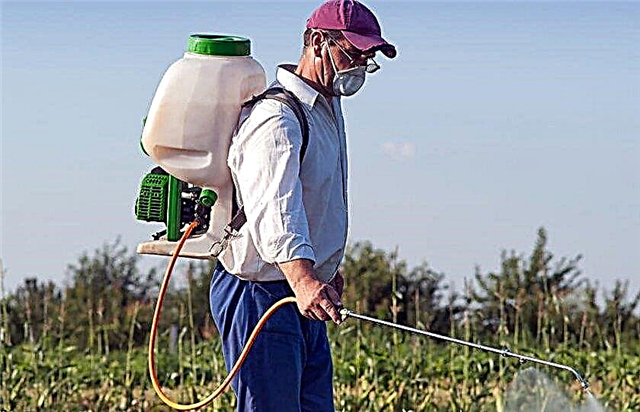
Preventative measures
So that carrots can be stored for a long time, it is necessary to provide it with the proper conditions, namely:
- observe crop rotation;
- weed weed;
- thin out young plants;
- plant a crop on loose and light soils;
- to harvest in dry and warm weather;
- process storages with sulfur drafts;
- destroy the affected root crops;
- Store indoors at temperatures from 0 ° C to –2 ° C and a relative humidity of 85–90%;
- choose rot resistant varieties.
Important! In storage for carrots should be ensured a constant circulation of air.
If you carry out proper carrot care and adhere to the above recommendations, then in the fall you can get a good harvest, which will please you with long-term storage.











